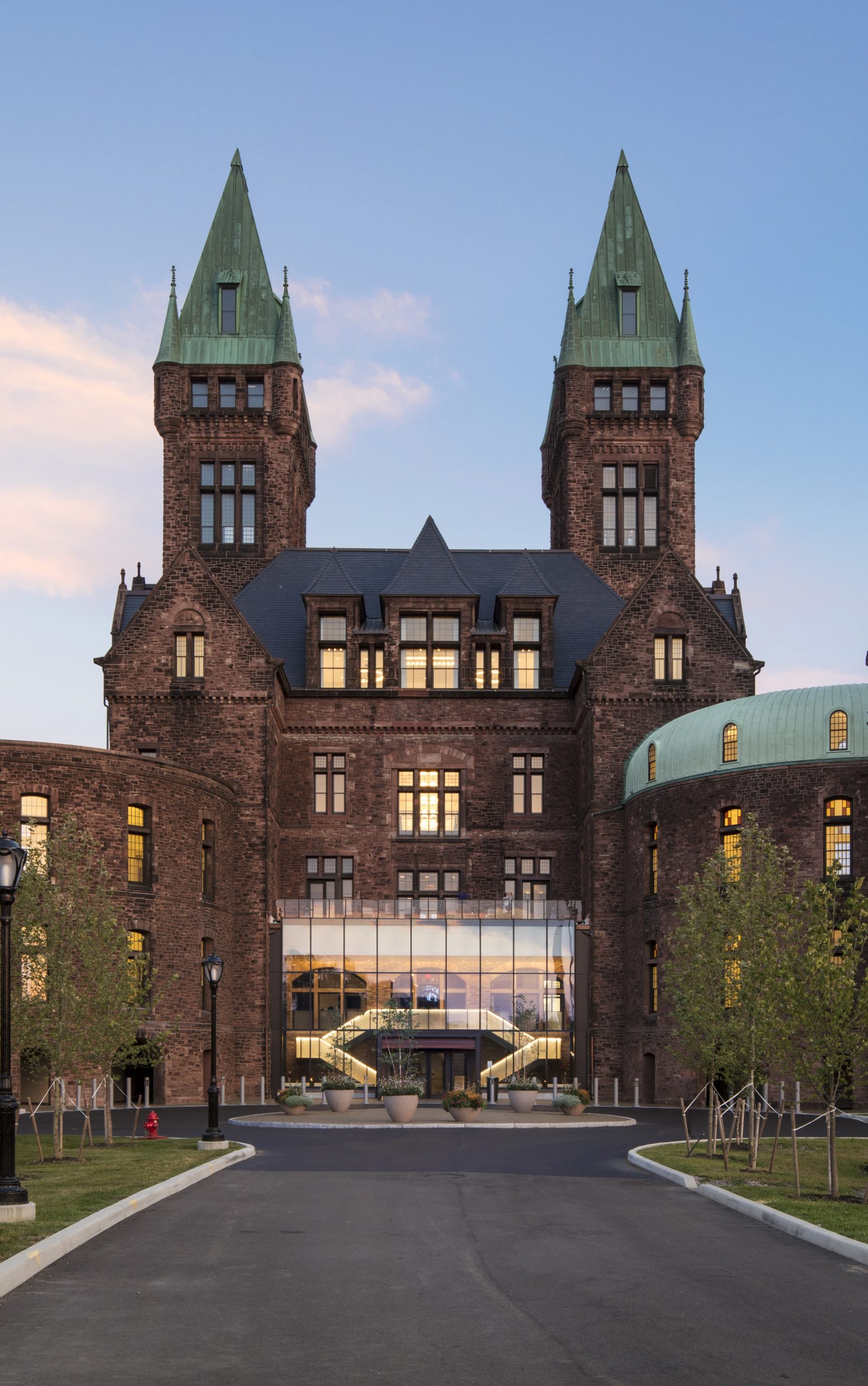
Buildings are tangible records of human effort. They contain artistic and artisanal aesthetic intention, cultural and historical value, and not least, embodied energy. I believe that old buildings are a resource for contemporary architecture, in much the same way that dramatic topography, a stunning view, or rich context can be the foundation for a new design. Historic preservation intersects with the important work of transforming old buildings, often problematically. Preservation is at once a professional practice, a philosophy, and an advocacy strategy (a historic preservationist maybe be a degree-holding consultant to a design team, a city planner, or a community activist battling a developer or a local government), so the definition of historic preservation means different things to different people. As a practice, it is often associated with regulatory tools to designate a building as “significant.” Typically, to achieve protected status a building, structure, or landscape must either have a design deemed meritorious, be designed by a noted architect, contribute to a larger historic district, and/or relate to an event or figure of historical significance. The term historic is particularly problematic, because it applies cultural value to buildings that may merely be old. While local, state, and national designations can serve a noble purpose of protecting buildings that may otherwise be destroyed, they may also place burdensome restrictions on how a building can be altered for future use.
Continue Reading:






